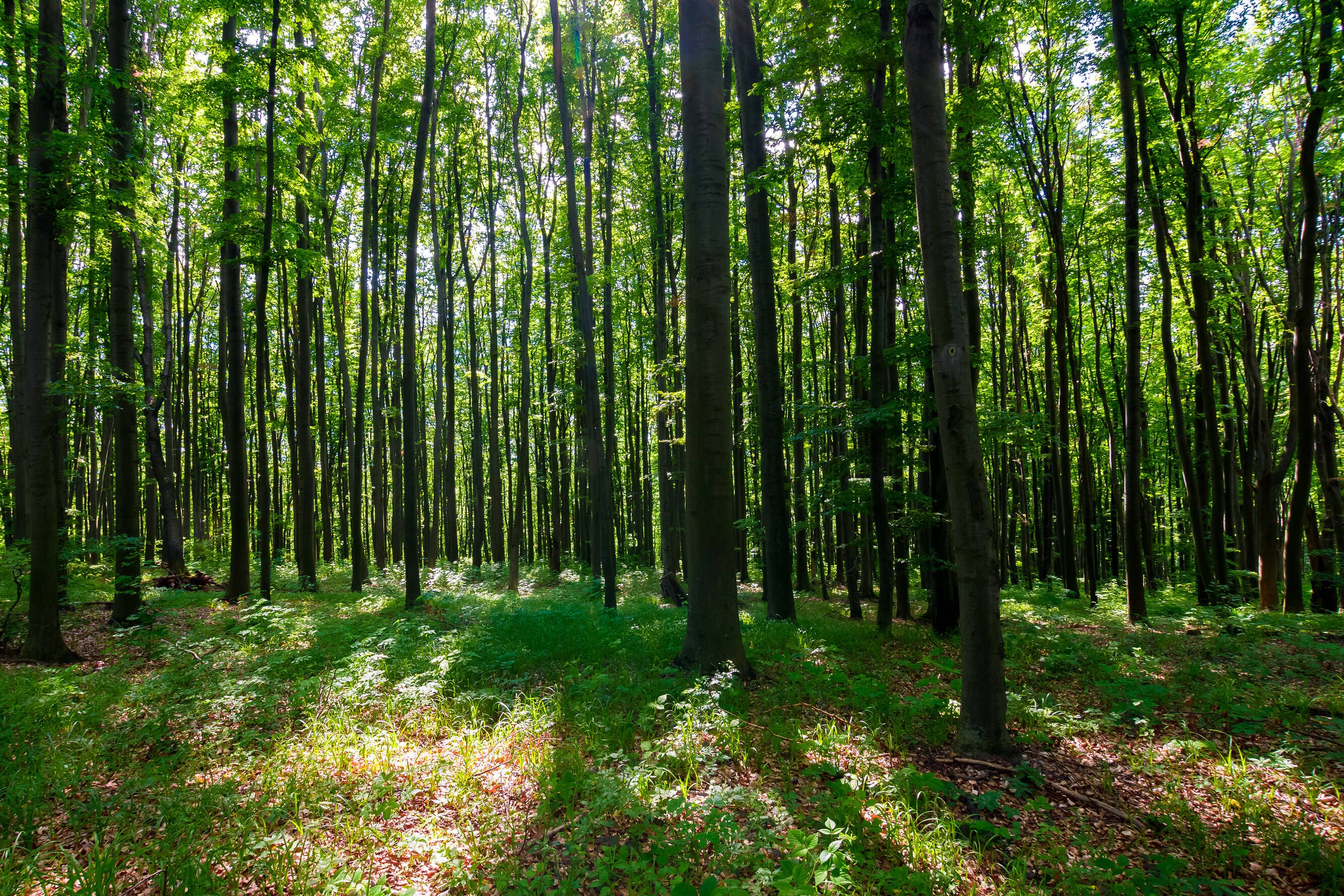New guide to encourage ‘farming with trees’ details 33 best species to plant
Guide aims to help farmers considering agroforestry, which officials say can deliver benefits to environment and farm businesses.

Your support helps us to tell the story
From reproductive rights to climate change to Big Tech, The Independent is on the ground when the story is developing. Whether it's investigating the financials of Elon Musk's pro-Trump PAC or producing our latest documentary, 'The A Word', which shines a light on the American women fighting for reproductive rights, we know how important it is to parse out the facts from the messaging.
At such a critical moment in US history, we need reporters on the ground. Your donation allows us to keep sending journalists to speak to both sides of the story.
The Independent is trusted by Americans across the entire political spectrum. And unlike many other quality news outlets, we choose not to lock Americans out of our reporting and analysis with paywalls. We believe quality journalism should be available to everyone, paid for by those who can afford it.
Your support makes all the difference.Farmers are being encouraged to plant trees such as hornbeam, beech and walnut to improve food production, farm businesses, and the environment.
The Forestry Commission’s Forest Research agency has developed a new tree species guide for UK agroforestry systems with the University of Reading, providing information on 33 species of trees best suited for planting on farmland.
The guide aims to help inform farmers who are looking at agroforestry – the process of integrating trees into farming systems – choose the right tree species based on the individual needs and conditions of their farm.
The Forestry Commission says trees on agricultural land can offer a range of benefits, including protecting soils, storing carbon, sheltering and shading livestock and diversifying farm incomes into timber, fruit and nuts.
Planting the right kind of trees in the right place can help farms be resilient to climate change and the worsening extremes such as flooding and heatwaves it is bringing, and reducing exposure to fluctuating agricultural markets, the agency said.
The guide highlights species such as hornbeams, which are suitable on most farms, live for a long time and can produce specialised timber, and beeches which are suitable for upland farms, have longevity and value for timber.
Walnut and black walnut trees produce nuts and offer benefits to livestock, while goat willow trees can be used for biomass and tannins and common and red alder trees are able to capture nitrogen to improve the soil and forage grassland, the guide says.
Farmers can get grants for planting and maintaining trees on agricultural land including the new nature-friendly farming scheme that is replacing old EU-era subsidies and woodland creation grants from the Forestry Commission.
Forestry Commission chief executive Richard Stanford said: “Food production and environmental goals are under increasing scrutiny and the effects of climate change are becoming apparent to us all.
“Agroforestry can offer improved productivity from livestock and crops and help to build resilience to climate change.”
“This indispensable guide outlines which tree species are most suited to farmers’ needs and the conditions specific to their land,” he said, adding it would help them benefit from incorporating trees into farmland while maximising food production.
Tom Breeze, from the University of Reading, said: “Farming with trees is a great way for farmers to meet environmental goals without compromising food production, but the barriers to entry can feel overwhelming.
“Drawing on years of research from the University of Reading, this guide aims to equip farmers with the practical knowledge and tools they need to get started.
“Our goal is to make farming with trees more accessible, increase awareness of its benefits, and spark a conversation about how agroforestry can transform agriculture in the UK.”